When we talk about game mechanics, what we’re really talking about is interactions that developers intend for players to have with their game. What kind of actions can a player take? How does the game program respond, and what do those responses look like – through the environment, NPCs, visuals, music and more? These are some of the questions developers ask themselves when they’re considering the technical side of implementing game mechanics.
I love learning about all the different mechanics that games can have and the intricacies of how they work, so let’s talk about mechanics in games. Because I also love writing about the semantics of the many aspects of games, however, I want to bring in something to complicate the discussion of the topic at hand (again).
What happens when something in the game breaks, or something unexpected happens? We call them bugs, glitches, or exploits. But, can they actually be considered mechanics as well? I began to think about this idea when I read this post: https://criticalvideogamestudies.com/metagames-the-illusion-of-choice/. I wrote a comment about what it means to defy a game’s creators. What does it even mean for someone to “break” the rules of a game? Keep in mind the fact that, when we talk about if something is intended or not, we mean developer intent – not the intent of the game itself. The computer is simply executing the instructions it’s been given by the developers. Whatever happens in the game is “intentional” from the code’s point of view. What we call bugs and glitches in games are just the code running properly in a way that the developers don’t agree with.
We can start by looking at a classic NES title, Super Mario Bros. (1985). In that game, you start out with 3 lives – if you run out, it’s game over. 1-Up mushrooms, which granted an extra life, were a rare and prized powerup. However, the game actually has a mechanic where, if you chain together enough enemies defeated in quick succession, you could earn bonus points – and eventually, extra lives! Situations that allowed for this in the game were very rare, though, as it was intended to be a reward for only very skilled players. It takes over 10 consecutive defeated enemies to start earning bonus 1-Ups. You could do this either by kicking the shells of Koopas into a string of enemies, or by chaining together bounces on many enemies’ heads. However, there was a popular exploit players learned that allowed them to farm tons of extra lives with apparent ease. To perform this trick, you position a Koopa shell near a corner, and bounce on it repeatedly until the 1-Ups start rolling in.
So, was the existence of this trick intentional? It certainly feels like an exploit. It would make more sense if the developers wanted players to earn the extra lives by performing incredible feats of platforming action, instead of simply farming bounces off a single Koopa shell in a small corner. But, as it turns out, this trick actually was intentional!

That final sentence in the paragraph is also funny to think about, when we consider the “it’s a feature, not a bug” joke people often make to mock games that release in broken states today (see: Bethesda games, Cyberpunk 2077, etc.)
It’s also interesting to note that this trick has persisted throughout many of Mario’s mainline platforming games.
So, then, is this an exploit, or just a mechanic? Based on the video titles, it seems like we still can’t reach a consensus as to whether or not this trick is intentional or a glitch/cheat. But, based on Miyamoto’s interview back in 2010, and the fact that it has lasted for this long, it’s very obviously something intentionally left in by the developers. Perhaps it would be alright to then simply refer to it as a mechanic. Keep this idea in mind as I move on through some other examples.
In a previous post, I talked about how speedrunning a game can be considered its own metagame of sorts, with its own rules of both competition and collaboration working in tandem. For the competitive side of speedrunning, speed is everything. So, exploits that break the game but allow you to finish the game faster are integral to a good speedrun (for “Any%” categories, at least). If they’re intentionally used by the players and a core part of the speedrunning metagame, can these exploits just be considered integral mechanics? If you want to be a top runner, you have to learn all the tricks, whether or not the developers had intended for them to exist.
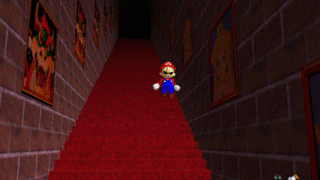
This is similar to a casual player having to learn how to jump or fire a weapon to progress in platformers or shooters. I imagine that for top runners, the glitches and bugs they see everyday become very familiar to them. Just as casual players don’t bat an eye when getting a faster reload from performing a well-timed button press in Gears of War games, speedrunners don’t blink when well-timed “Backwards Long Jump” spamming up staircases in Super Mario 64 allows them to fly through doors and walls. To both kinds of players, these are just another part of the game they play.
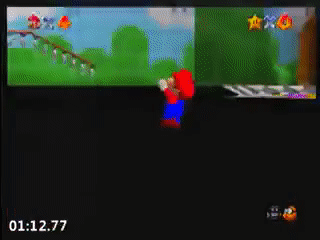
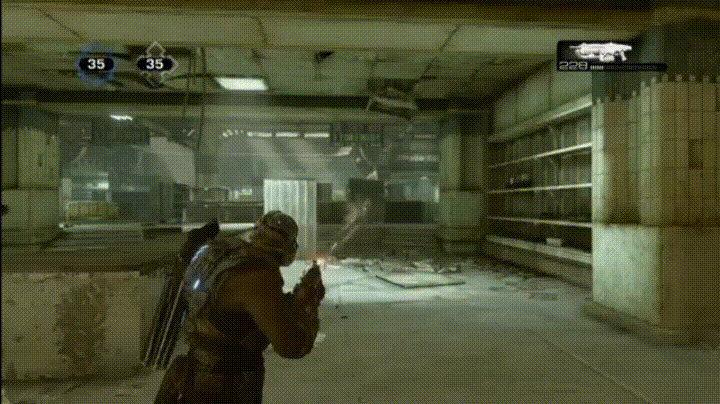
The “active reload” is a feature that Gears of War developers have left in the game throughout the series, while the “backwards long jump” is one that was treated by Super Mario 64 developers as an oversight and patched out in later releases of the game. Given this fact, the backwards long jump appears to have been an unexpected and unwanted behavior for the developers. Yet, the backwards long jump is widely used, studied, and understood by the players. It consistently works how they want, provided they perform the correct inputs with the right timing. To the players, the backwards long jump is simply part of Super Mario 64 gameplay – a predictable, celebrated mechanic. Then, it can be argued that it’s not really that different from Gears of War’s perfect reload. In this case, could speedrunning tricks like the backwards long jump be considered mechanics instead of glitches?
Super Smash Bros. Melee is a similar case, where the incredible speed and depth of the game’s mechanics are born out of a combination of both technical oversights and “intended” design. Why do I say intended in quotes?
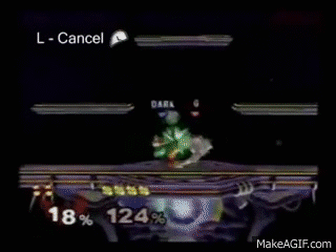
To this day, fans of Smash argue over which game in the series they prefer. One of the common criticisms brought up against Melee specifically is how broken the game was, calling many of its techniques unintentional bugs left in by the developers due to the game’s rushed development cycle. Perhaps the most well-known of these techniques is the “wavedash,” a trick where air dodging into the ground at an angle allows a character to slide great distances quickly. Lag cancelling, or “L-cancelling” requires well-timed button presses to reduce the landing lag of aerial moves. Both techniques are absolutely fundamental to playing Melee. Critics of the game sometimes refer to these techniques as “wavecheating” and “fun-cancelling.”
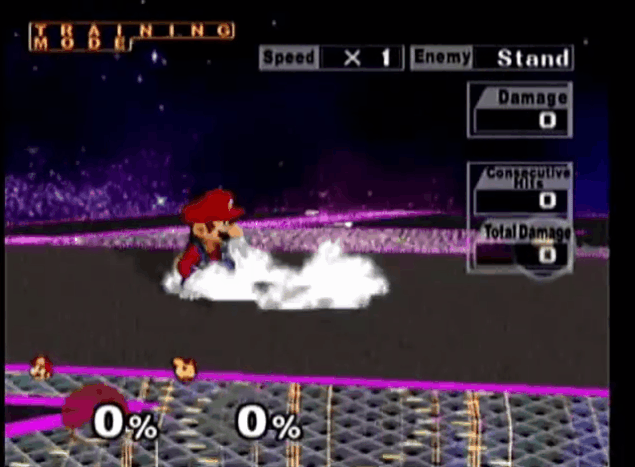
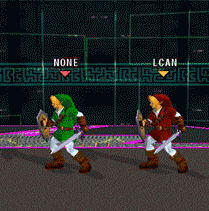
Here’s a fan that brought up this “wavedash” quirk they discovered, in a post to the official Smash Bros fan boards around the time of the game’s release in 2001. Masahiro Sakurai, the lead designer of the game, responded and acknowledged it, saying that he himself also used the technique at times!
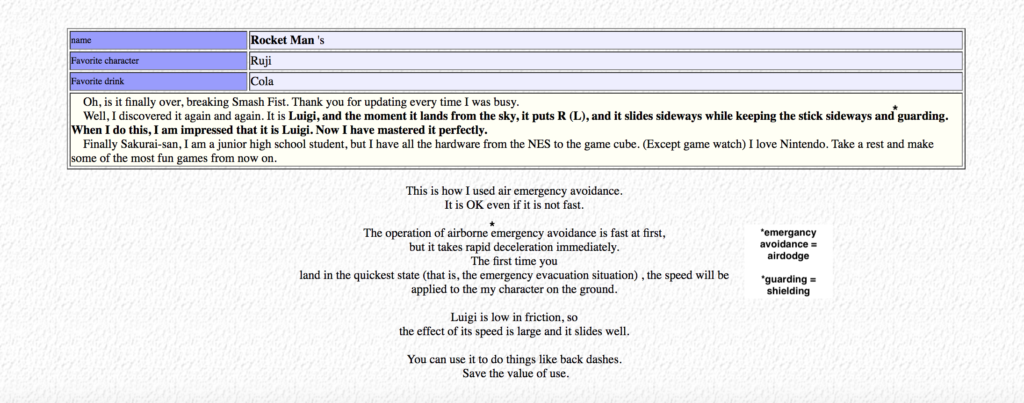
He also posted about it in a general post on Melee’s website:

Sources: https://www.nintendo.co.jp/n01/n64/software/nus_p_nalj/smash/flash/syukeiken/return583.html
http://sourcegaming.info/2015/08/10/sakuraimelee/
https://www.nintendo.co.jp/n01/n64/software/nus_p_nalj/smash/flash/0928/index.html
So, this again raises the question. What do I even call Melee’s tricks, like the wavedash? Sakurai was fully aware of the existence of the, dare I say, mechanic and left it in. Is that what it takes for something to be considered a mechanic, instead of an exploit – official recognition from a game’s creator, and the act of leaving it in the code?
However, like the developers of Super Mario 64, Sakurai chose to remove many of the advanced techniques for Melee’s sequel in 2008. If developers change their mind later on and remove a mechanic in a later game or patch of a game, can this retroactively change how we perceive that mechanic in older games? Remember that, to a game’s code, there is no real difference between an “intended mechanic” and a bug. I would argue that the absence of a mechanic in a sequel or patch of a game doesn’t invalidate its existence as a legitimate function of the game. Whether or not the mechanic is good, however, is obviously open to interpretation.
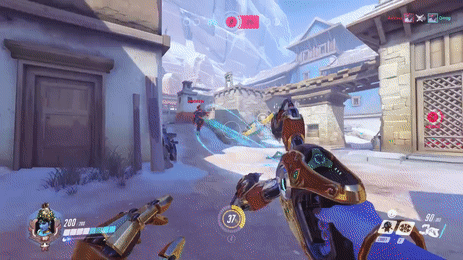
Take today’s online multiplayer games that constantly receive updates, for example. In character-based games like League of Legends, Overwatch, or DOTA, developers often change how character abilities work. If a certain hero’s ability is considered overpowered, sometimes it may straight up get removed and replaced with an entirely different mechanic (as has been the case with Overwatch). Note that we never retroactively refer to removed abilities as bugs and glitches, even though the developers did not want them in the game anymore. They were simply mechanics of the game that the developers didn’t believe was fun or fair. But they were mechanics of the game all the same, even if they’re no longer in theg ame.
Perhaps we can then say that the removal of Mario’s ability to backwards long jump in Super Mario 64 in later patches doesn’t invalidate its existence as a real mechanic. It was and is a real mechanic of the game for those who speedrun the game and use it, in the unpatched version of the game. To many people, it’s the mechanic that not only represents the lovable absurdity of Super Mario 64 speedrunning, but speedrunning as a whole.
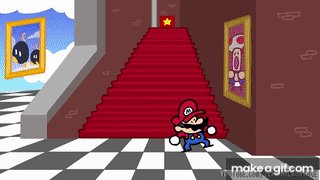
GIF source: https://www.youtube.com/watch?v=ff9ldkz1h1M
This discussion can get even more fascinating if we consider cases of developers taking an interest in a game’s bugs and exploits, and copying them into their own games. When one exploit in a game is moved to another game but deliberately left programmed in, does it then become an official mechanic? Does it become indistinguishable from the “infinite lives” tricks that have carried throughout the mainline Mario games in terms of how we view it?
The post is getting rather long, so I’ll mention some examples in brief:
Rocket jumping was an exploit popularized in Quake (1996) that allowed players to boost their movement speed and height by using self-damaging explosives. It has also appeared in games like Team Fortress 2 (2007) and Overwatch (2016/2022) in various forms. There is a game on Steam simply called “Rocket Jump.” It’s also a 2D platformer and looks completely different from the previous three games, but uses the same principle of rocket-propelled movement.


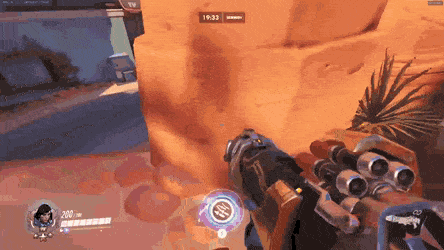
The wavedashing exploit in Tekken and Melee also appeared in games like Rivals of Aether (2017), Nickelodeon All-Star Brawl (2021), and Celeste (2018). There is a game called Waveland (2017) that was directly inspired by the movement mechanics in Melee, and wavedashing is still a technique used in Tekken games.
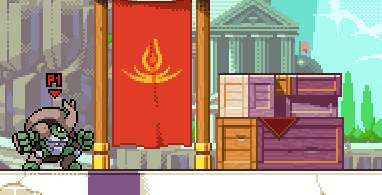

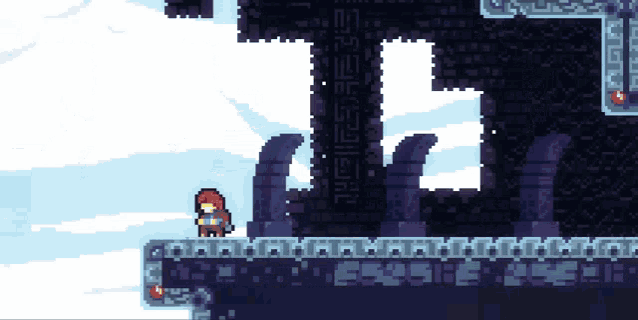
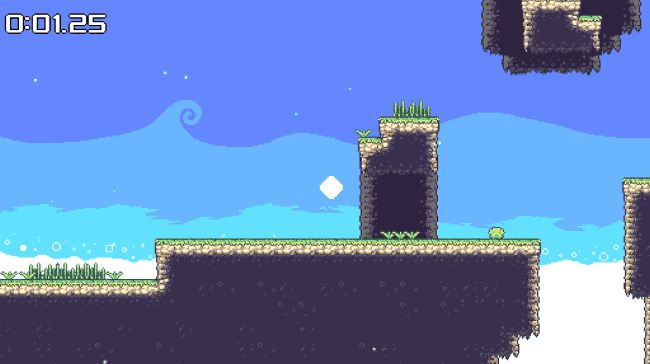

Bunnyhopping was another Quake physics exploit that allows for greatly increased movement speed, with momentum preserved by consecutive, well-timed jumps off the ground. It exists to varying degrees in Source-engine based games like the Half-Life, Portal, and Counter-Strike games. It also exists in Titanfall and Apex Legends, as well as in DOOM 2016 and DOOM Eternal. And, to this day, people still refer to any kind of consecutive jump-based speedy movement, in any game, as bunnyhopping.
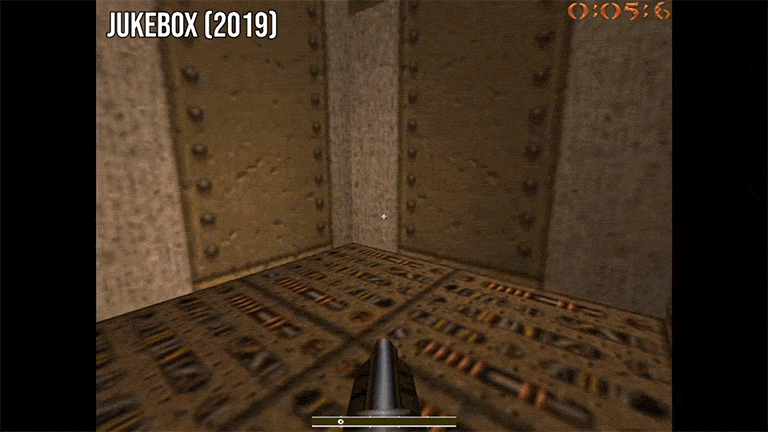
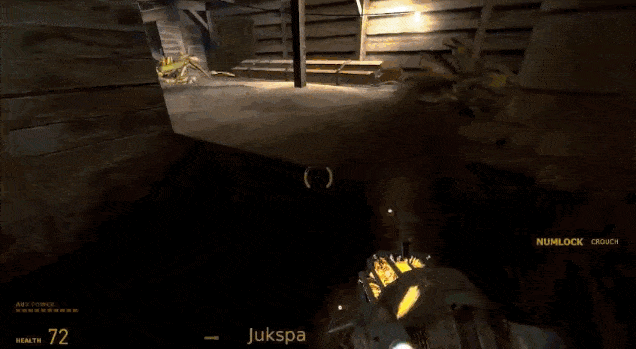
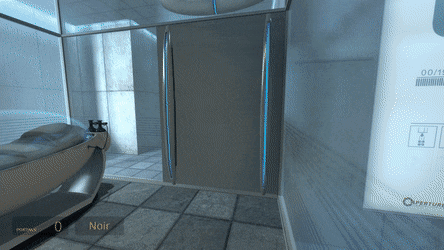
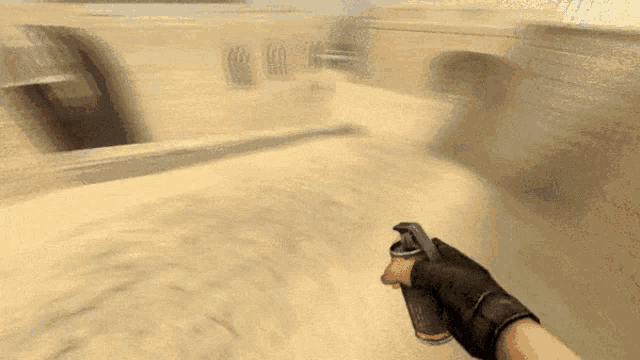

So, you have a case like the “infinite lives” tricks in various Mario games, where something that appears to be an unintended exploit turned out to be programmed in explicitly by the developers. Then, there’s Super Smash Bros. Melee with its advanced techniques, where unintended exploits were discovered but left in and used by the developers. Super Mario 64 had exploits popular and beloved in speedrunning, which then were removed in subsequent entries and versions. Finally, there are tons of games that embrace and replicate exploits from other games, thereby seemingly turning them into official mechanics.
It’s fascinating to think about the relationship between what players are able to do in games, and what developers want to allow. When considering all these examples, it can also be argued that there is no real difference between what constitutes a glitch and what constitutes an intended mechanic. The line is not that well defined; what really seems to matter in the end is whether or not players and developers find them enjoyable to play around with. Games are our sandboxes, and even mechanics undesired or unwanted by some developers and players can find fans in others. Sometimes, those fans even celebrate the previously unwanted mechanics and put them in their own games. I hope this post provided an interesting study on mechanics and glitches in games!
Take a look at a quick case study of a very new game, The Callisto Protocol (2022), to see what I’m talking about. While many are criticizing the game’s bugginess and performance issues (fairly so), people are also finding joy in some of the “unintended” features of the game. Here’s a video of someone exploiting walls and animation canceling to dramatically speed up the combat of the game – essentially performing bombastic fighting game combos in a horror survival game that’s meant to be slow-paced and spooky. I think that’s pretty cool.
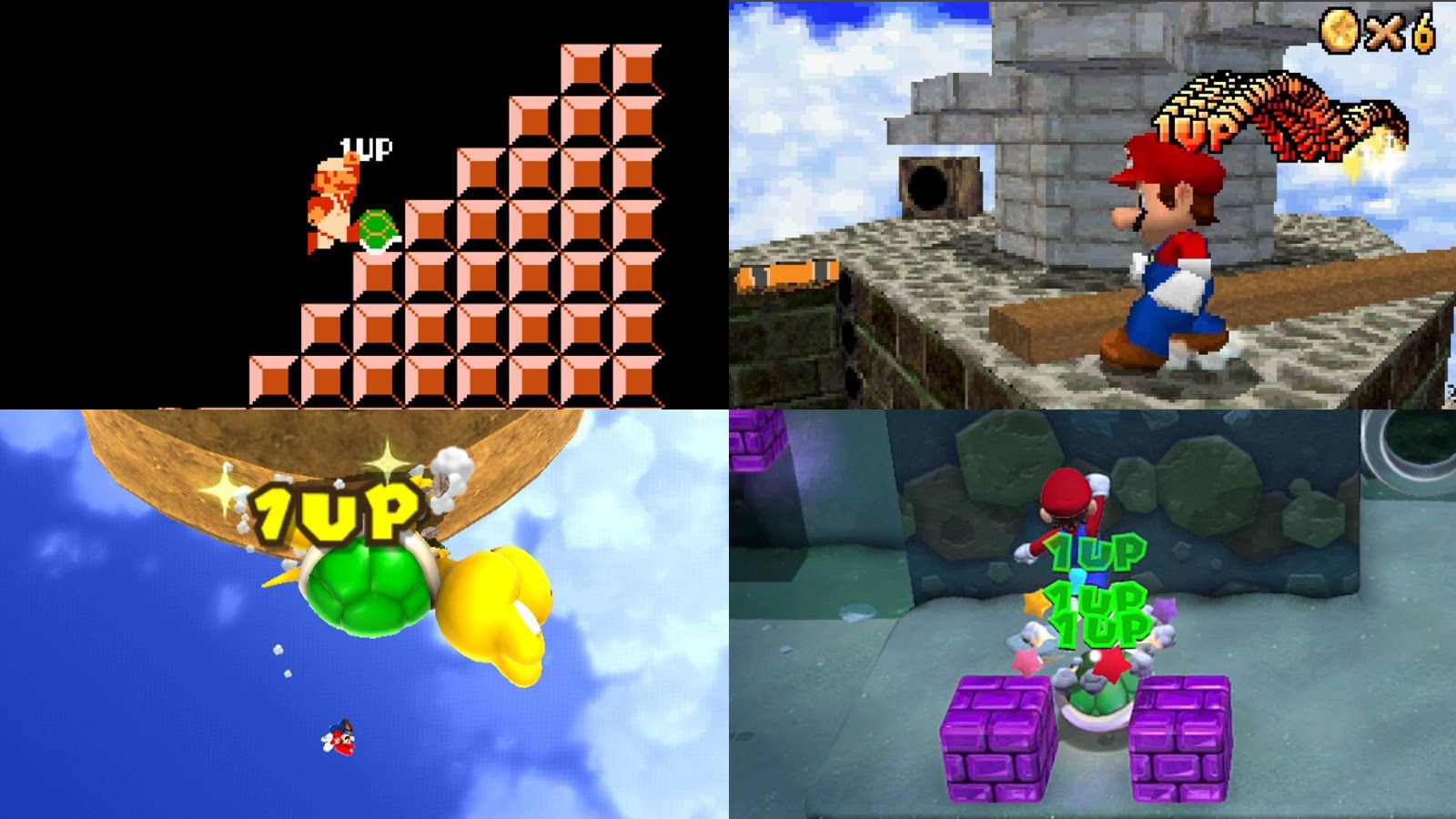

I love how detailed you are in this post, I can tell it’s something you’re really interested in! I really enjoying learning about the speedrunning history of different games, and your take about developer intention vs. code intention is really interesting and an angle I haven’t thought of before – when a player can phase through the barrier that is supposed to block off the final boss until a certain objective is achieved (like reaching Hyrule Castle at the VERY beginning of the game in BOTW, that’s the game running code, but in a way the developers didn’t have in mind). I think the way that game developers react to game glitches/exploits is really interesting, too – obviously for older games, once a game was shipped, there was no way to fix glitches that were discovered by players after the fact. However, for more modern games which can receive patches/updates after the fact, I’m always to curious to see what approach a developer takes to known exploits; will they patch them out, possibly upsetting a group of players who got used to using that exploit for speedruns? Will they ignore it, since it’s only used by a small community of players? Or will it become an official update and truly become a feature and not a bug? If memory serves me right, Nintendo had to think about if they were going to leave in certain bugs for a remake of one of their games – LOZ: OOT? While the head of the project wanted to patch out all of the exploits that were (in)famous from the original release of the game, multiple members of the project team wanted to leave them in for the sake of nostalgia. For some players, playing the game in ways unintended by the developer can feel like quite the achievement, and it often adds to a wealth of knowledge necessary for speedrunning.
Glad you enjoyed the post 🙂 . There is definitely something significant to the fact that games back in the day had no way of being updated once they were shipped. It probably gives players more room to explore the mechanics of the games in-depth in a way that isn’t always possible nowadays. I’m sure that fact helped some people find much more appreciation for all a game’s quirks, whether intentional or not.
The skill ceiling for the game can become incredibly high, as players have all the time in the world to break down mechanics and study them down to interactions taking place over individual frames. This principle applies to both multiplayer games like Melee and singleplayer games like Super Mario 64 – and I don’t just mean with speedrunning! There’s a whole other world of players who examine a game’s mechanics and learn how to completely break them apart. Super Mario 64’s community has a subset of people who aren’t necessarily interested in playing the game fast, but in a unique way, akin to a puzzle. These people dedicate themselves to “The A Button Challenge,” where the goal is to beat the game while pressing A (jumping) as little as possible. If you have a lot of time to kill and want to learn more about it, I highly recommend you check out this video series documenting the history of the challenge: https://www.youtube.com/watch?v=xlQ0psr7Th4&list=PL94lfiY18_CgWGQzweD_aVjsFXiRi6kn5. It’s incredibly fascinating.
Obviously games nowadays receive constant updates, whether they’re singleplayer or multiplayer. This also includes a lot of games that people like to speedrun, too. I’ve noticed that for some games (e.g. Hollow Knight, DOOM Eternal), people will actually stick to an older version of a game for their speedrun categories. People fall in love with the broken tricks, since they can both show off a player’s skill and interesting quirks of how a game is made. Sometimes developers do take notice and do the opposite of what Nintendo did with Super Mario 64 or Melee.
For multiplayer games, people often exhibit fondness for broken glitches and funny bugs that get patched out, simply due to their rarity or novelty. Take the “Widejoy” bug in Valorant, for example. In that case, the developers added in art and memes referencing the bug, even though it got patched out (sadly).
You can look at this video of Half-Life 2’s developers reacting to a speedrun of the game, broken tricks and all: https://www.youtube.com/watch?v=sK_PdwL5Y8g (there are also plenty of other awesome developer reactions to speedruns on IGN’s channel – worth watching if you’re interested!). They actually found a lot of amusement with how much speedrunners had broken down their game, and it’s pretty cool to see. Despite the fact that they’re aware of all the unintended mechanics and have the power to patch them out via Steam, they’ve left the tricks intact and haven’t patched them out. I also loved the example you provided with the Ocarina of Time remake! Stuff like this shows that developers themselves can and do find appreciation for even the unintended mechanics of their works, and sometimes will leave them untouched. It could be out of nostalgia, or just out of appreciation and respect for the people who’ve dedicated time to studying the game and breaking it down. Pretty cool.